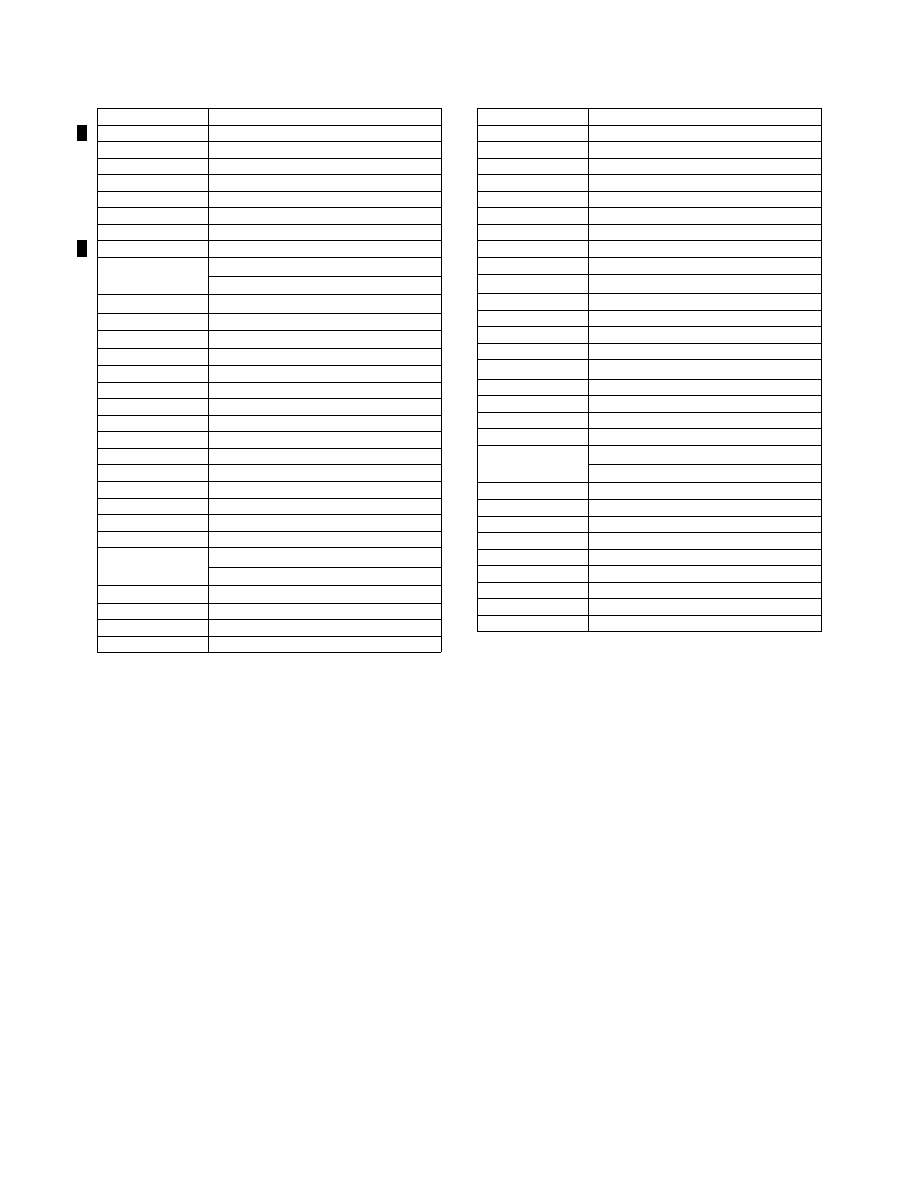
3/21/24
AIM
RCLL . . . . . . . . . Runway Centerline Light
REDL . . . . . . . . . Runway Edge Light
RLLS . . . . . . . . . Runway Lead
−
in Light System
RMK . . . . . . . . . Remark
RTS . . . . . . . . . . Return to Service
RTZL . . . . . . . . . Runway Touchdown Zone Light(s)
RVR . . . . . . . . . . Runway Visual Range
RWY . . . . . . . . . Runway
RX . . . . . . . . . . . Receive/Receiver
S
S . . . . . . . . . . . . . South
or
southern latitude
SA . . . . . . . . . . . Sand
SAT . . . . . . . . . . Saturday
SB . . . . . . . . . . . . Southbound
SE . . . . . . . . . . . . Southeast
SEC . . . . . . . . . . Seconds
SFC . . . . . . . . . . Surface
SN . . . . . . . . . . . Snow
SR . . . . . . . . . . . . Sunrise
SS . . . . . . . . . . . . Sunset
SSR . . . . . . . . . . Secondary surveillance radar
SSW . . . . . . . . . . South
−
southwest
STD . . . . . . . . . . Standard
SUN . . . . . . . . . . Sunday
SW . . . . . . . . . . . Southwest
SWB . . . . . . . . . . Southwest bound
T
TAR . . . . . . . . . . Terminal area surveillance radar
TAX . . . . . . . . . . Taxing
or
taxiing
TDZ . . . . . . . . . . Touchdown Zone
TEMPO . . . . . . . Temporary
or
temporarily
TFC . . . . . . . . . . Traffic
THR . . . . . . . . . . Threshold
THU . . . . . . . . . . Thursday
TKOF . . . . . . . . . Takeoff
TODA . . . . . . . . . Take
−
off Distance Available
TORA . . . . . . . . . Take
−
off Run Available
TRG . . . . . . . . . . Training
TUE . . . . . . . . . . Tuesday
TWR . . . . . . . . . . Aerodrome Control Tower
TWY . . . . . . . . . Taxiway
TX . . . . . . . . . . . Taxilane
U
U/S . . . . . . . . . . . Unserviceable
UAS . . . . . . . . . . Unmanned Aircraft System
UNL . . . . . . . . . . Unlimited
UNREL . . . . . . . Unreliable
V
VIS . . . . . . . . . . . Visibility
VOR . . . . . . . . . . VHF Omni-Directional Radio Range
VORTAC . . . . . . VOR and TACAN (collocated)
VOT . . . . . . . . . . VOR Test Facility
W
W . . . . . . . . . . . . West
or
western longitude
WB . . . . . . . . . . . Westbound
WDI . . . . . . . . . . Wind Direction Indicator
WED . . . . . . . . . Wednesday
WI . . . . . . . . . . . Within
WID . . . . . . . . . . Width
or
wide
WIP . . . . . . . . . . Work in progress
WNW . . . . . . . . . West
−
northwest
WS . . . . . . . . . . . Wind shear
WSW . . . . . . . . . West
−
southwest
5
−
1
−
4. Operational Information System (OIS)
a.
The FAA’s Air Traffic Control System Command Center (ATCSCC) maintains a website with near
real
−
time National Airspace System (NAS) status information. NAS operators are encouraged to access the
website at http://www.fly.faa.gov prior to filing their flight plan.
b.
The website consolidates information from advisories. An advisory is a message that is disseminated
electronically by the ATCSCC that contains information pertinent to the NAS.
1.
Advisories are normally issued for the following items:
(a)
Ground Stops.
(b)
Ground Delay Programs.
(c)
Route Information.
(d)
Plan of Operations.
(e)
Facility Outages and Scheduled Facility Outages.
(f)
Volcanic Ash Activity Bulletins.
(g)
Special Traffic Management Programs.
2.
This list is not all
−
inclusive. Any time there is information that may be beneficial to a large number of
people, an advisory may be sent. Additionally, there may be times when an advisory is not sent due to workload
or the short length of time of the activity.
Preflight
5
−
1
−
9